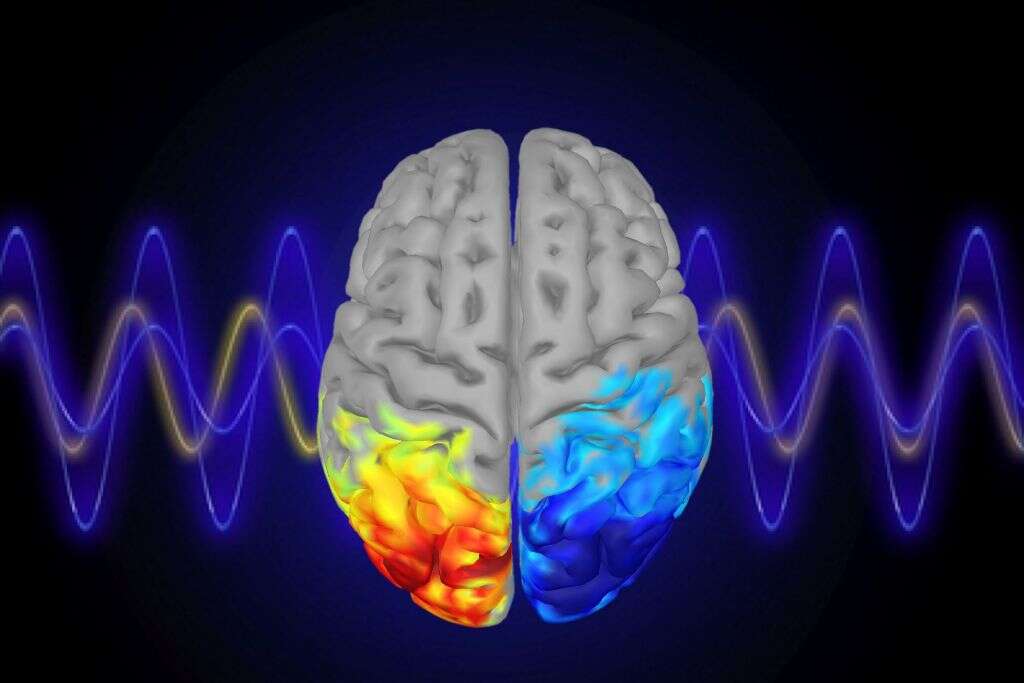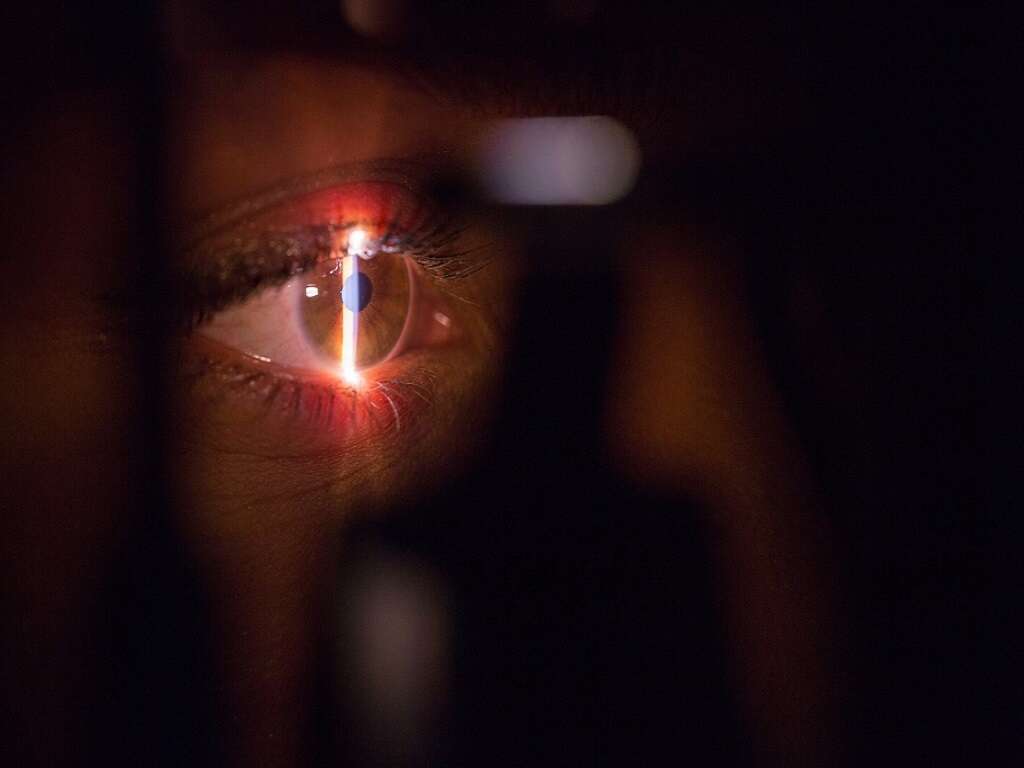What Is an Ocular Migraine?
When it first occurs, it can be mildly disconcerting or even frightening. Patterns of shimmering zigzag lines or tremulous flashing spots may appear in your vision, making simple tasks difficult. Starting out small, the obscured area may grow until you want to stop whatever you are doing and just close your eyes.
Although you may not have any pain, you may be experiencing an ocular migraine. Knowing more about this condition will help you to better understand what is happening, what risks may be involved, how often they may occur, and what steps you can take to prevent the next one.

1. Definition
Ocular migraine can be a confusing term because people use it to signify different vision-loss events. Sometimes it can occur prior to or along with a migraine headache. If this is the case, other symptoms including pain will also be present. Very often, however, with an ocular migraine you will have no pain whatsoever and no discomfort beyond that which obscured vision may induce.
An ocular migraine is thought to occur when the blood vessels in the back of the eye swell, causing temporary visual symptoms of vibrating patterns and lights that make it difficult to see well. Although it is not generally considered to be serious, it can be disruptive, so managing the occurrences is helpful.

2. Types of Visual Migraines
It is important to know whether your visual migraine is ocular or retinal. Although they have similar symptoms, an ocular migraine occurs in both eyes while a retinal migraine occurs in only one eye. While both involve temporary vision problems, a retinal migraine can include diminished vision or complete vision loss in the affected eye.
A retinal migraine is rare and usually appears in a person who has other migraine symptoms. Although it may last for only 10 to 20 minutes and only involve the shimmering spots or flashes common to an ocular migraine, if you have symptoms in one eye rather than two, you should seek prompt medical attention.

3. Symptoms
The most common symptoms of an ocular migraine are light patterns of shimmering movement and flashes that appear in your vision. One common indication is a distinctly zigzag shape that starts out very small but grows quickly. Flashing stars or trembling lights may also appear.
You may see a bright or blind spot that spreads until half of your vision is obscured. This type of symptom is often accompanied by a migraine headache, which can bring on nausea, vomiting, light and sound sensitivity, intense head pain, and impaired motor skills.

4. Concerns
Ocular migraines are usually harmless, except for the visual disturbances. However, the aura of shapes and lights that appear in your sight may interfere with your activities such as walking or reading. Computer work may be temporarily impossible, and even eye contact during conversation may be difficult.
Because you may have to stop what you are doing and rest your eyes, this type of visual impairment can feel disabling. Its temporary nature, however, means that it is more frustrating than it is dangerous. Remaining as relaxed as possible lessens the likelihood that you will experience a stress headache that can accompany an ocular migraine.

5. Frequency and Duration
You may only experience an ocular migraine once or twice in your lifetime. Usually the occurrences are spaced out by weeks, months, or even years. Some studies indicate that the frequency of ocular migraines tends to increase with age.
Although they may appear at any time, the visual disturbances are generally very short in duration. Usually lasting from 10 to 20 minutes, all symptoms resolve completely in less than an hour. When they last more than an hour, a migraine headache is typically also involved.

6. Possible Causes
Researchers do not fully understand what causes this condition. One hypothesis is that abnormal electrical activity in the cortex of the brain may develop into an ocular migraine. Other studies have shown that fluctuations in estrogen can result in an increase of this type of visual disruption.
Some medical professionals think that ocular and classic migraines may be linked to the same causes. These include reactions to food substances and additives such as nitrates in processed meats, monosodium glutamate, aspartame, and caffeine.

7. Risks
When ocular migraines appear alone and not associated with other symptoms, the risks are usually low. You should not expect any permanent vision loss, as you might with a retinal migraine. There has been a slight increase of stroke noted in women who experience this form of migraine.
Care should be taken to stop activities that could result in injury during the course of an ocular migraine. Driving may be especially hazardous, as portions of your vision may be completely obscured. With the onset of an ocular migraine, you should immediately move to stop your car in a safe location until it passes. Elderly people are recommended to remain sedentary until the event is over to ensure safety and avoid a fall.

8. Treatment
Usually an ocular migraine that appears and resolves on its own requires no treatment. Resting your eyes is always helpful, as it helps with any disorientation that may occur. The feeling of being visually off-balanced could be accompanied by some dizziness and nausea.
If a minor headache accompanies an ocular migraine, a pain reliever is appropriate. Should the headache advance into a full-blown migraine, you may want to consult a doctor for further medical treatment and relief from symptoms.

9. Prevention
Avoiding typical migraine triggers may reduce the incidence of ocular migraines as well. This could include skipping a meal, dehydration, driving long distances, staring at a screen, bad lighting, weather changes, and fatigue.
Often, however, the prevention of an isolated ocular migraine is impossible because they are so infrequent and no trigger can be determined. In this case it is better not to stress about prevention but rather to deal with each occurrence calmly and wait the short time until it passes.

10. Pediatric Ocular Migraines
In children, the onset of an ocular migraine is usually under seven minutes. Your child may first express an inability to see at the focal point of vision. When the patterns and light flashes appear, they may initially move around the peripheral vision. Have the child close one eye at a time to make sure both eyes are involved.
Encourage the child to describe the shapes and lights as much as possible, remaining calm and reassuring. Because an ocular migraine does not last long, talking through the event can soothe any fearfulness. If any other symptoms are present, be sure to contact a health professional.











